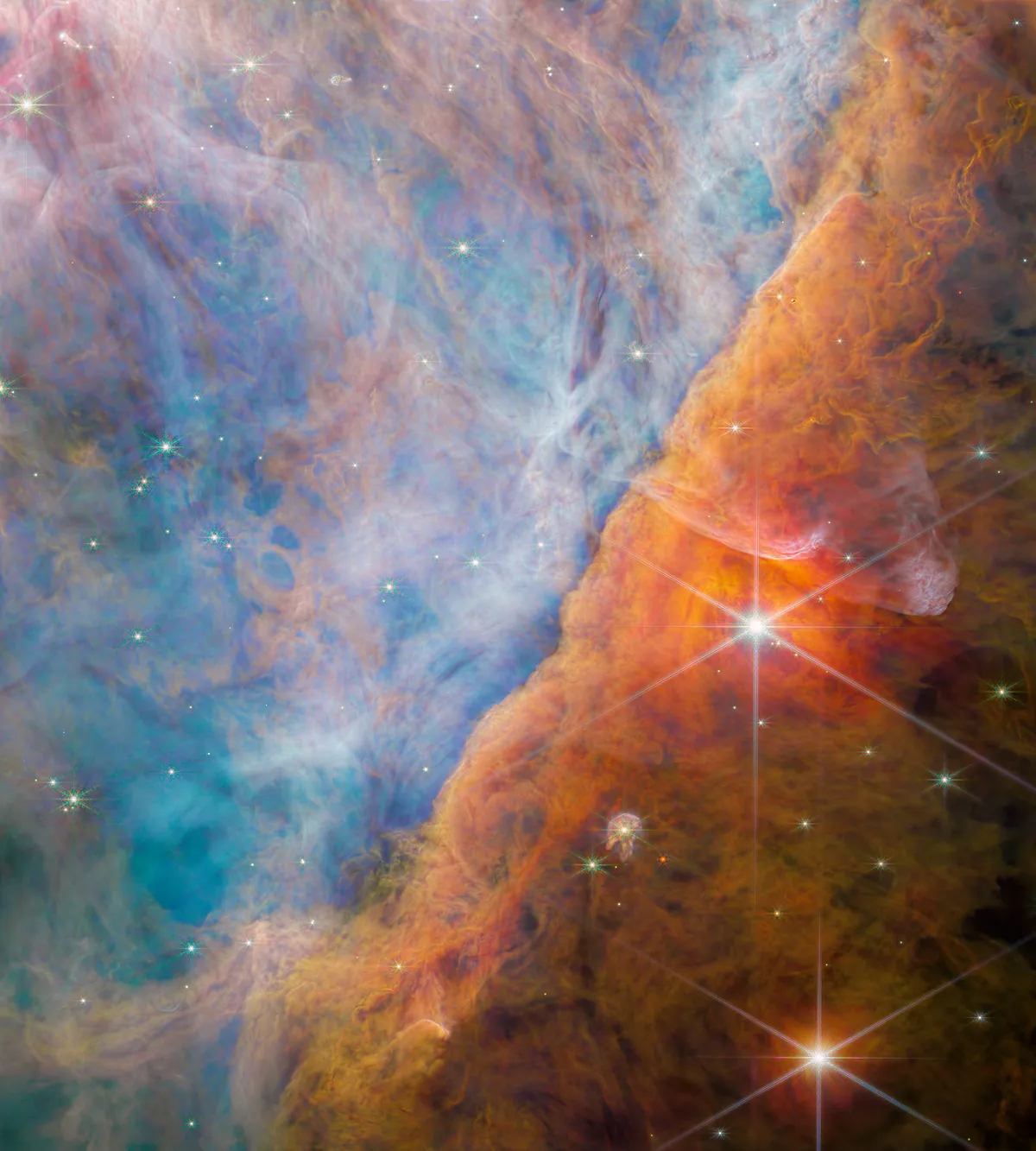Astronomers are going to use the James Webb Space Telescope to track an asteroid that has a chance – albeit slim – of hitting Earth in 2032.
Asteroid 2024 YR4 is currently predicted to have a 0.0050%% chance of hitting Earth.
Ground-based telescopes on Earth will lose sight of 2024 YR4 around April 2025, so, according to a European Space Agency blog, the James Webb Space Telescope is going to help astronomers gather as much info as possible before that happens.

Asteroid 2024 YR4 key facts
This is what we know so far about asteroid 2024 YR4:
- It was discovered on 27 December 2024 by the Asteroid Terrestrial-impact Last Alert System (ATLAS) telescope in Río Hurtado, Chile.
- Its size is between 40m and 100m wide, but likely larger than 50m wide.
- It has a roughly 0.0050% chance of hitting Earth on 22 December 2032
- The asteroid will fade from view around April 2025
- It will be visible again in 2028, when it begins approaching Earth
- Any damage caused by an impact would be 'local'
How the James Webb Space Telescope can help
Astronomers are keen know more about the shape of asteroid 2024 YR4's orbit.
The better they can refine its orbit around the Sun, the more accurate they can be regarding the chance it will hit Earth.
Currently there's only a slim chance the asteroid will hit Earth, and that probability is likely to go up before coming down, but knowledge of its orbit is key to improving this prediction.

The other key metric is just how big asteroid 2024 YR4 is, as this will tell us how much damage it would do, should it hit Earth.
"Astronomers are currently limited to studying the asteroid via the visible light it reflects from the Sun," says the European Space Agency.
Observing the asteroid's reflected light can tell astronomers a good deal about how big it is, but of course some asteroids – big or small – may be more reflective than others.
This is where the James Webb Space Telescope can help.

Why Webb?
The reason the James Webb Space Telescope has been able to transform cosmologists' understanding of the early Universe and deep space is due to its ability to view in infrared.
And this infrared vision could provide another valuable pair of eyes on 2024 YR4.
Webb's instruments should give astronomers a better view of the asteroid's size and help nail down just how catastrophic an impact would be.
Further, Webb should be able to help astronomers refine predictions as to what 2024 YR4's orbit looks like, and whether it will impact Earth.
Webb's YR4 timeline
A proposal to use the James Webb Space Telescope to observe asteroid 2024 YR4 was put forward by a team led by Dr. Andrew S. Rivkin from the Johns Hopkins University Applied Physics Laboratory.
In their proposal, they said: "The goals of the observations are to determine the size of 2024 YR4 and the threat it poses to the Earth, to provide additional measurements to improve the quality of
2024 YR4’s orbit after it is no longer observable from Earthbased facilities.
"The proposed JWST observations of YR4’s size will be crucial for developing effective mitigation strategies if needed."
The proposal has been accepted, and the James Webb Space Telescope will get its first glimpse of asteroid 2024 YR4 in early March 2025.
It will then carry out a second round of observations in May 2025, allowing astronomers to compare how much the asteroid has changed, and its position.
This, it is hoped, will enable a more precise prediction of its orbit around the Sun, before it disappears from view.
Asteroid 2024 YR4 will then return into view in 2028, by which time it will be heading in Earth's direction.
Read the full proposal to use Webb for studying 2024 YR4 via www.stsci.edu/jwst/science-execution/program-information?id=9239.
